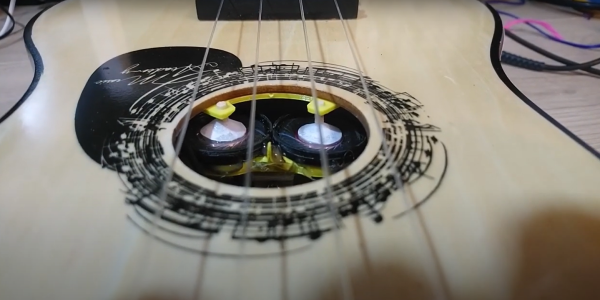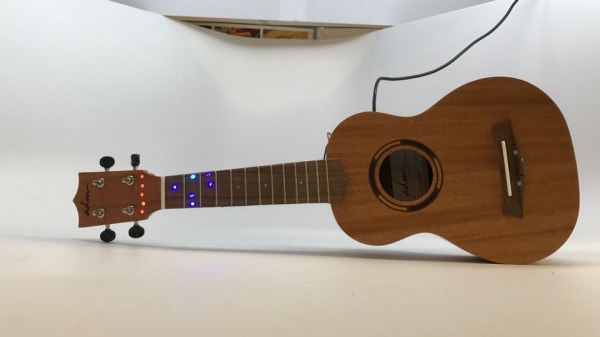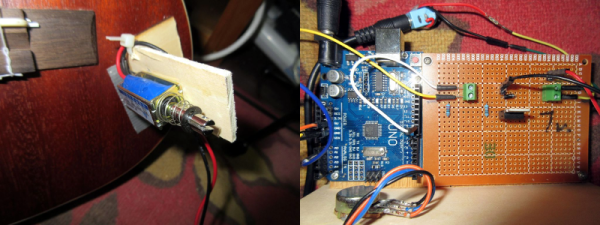When you think about singer-songwriters, the name Bob Dylan might come to your mind. You might think about Jeff Buckley, you might think about Hank Williams, Springsteen, David Bowie, or Prince. You’d be wrong. The greatest singer-songwriter of all time is Tiny Tim, the guy who looks like Weird Al traveled in time and did a cameo in Baker-era Doctor Who. Tiny Tim had the voice of an angel, because Mammon and Belial were angels too, I guess. Tiny Tim is also the inspiration behind the current resurgence of the ukulele, the one thing keeping the stringed instrument industry alive today.
Even though Tiny Tim passed in 1996, he would have loved to see this project that brings the ukulele into the late 20th century. It’s a Game Boy, DMG-01, transformed into a playable musical instrument. It’s a functional uke, but it also has electronics to turn this into a chiptune machine.
The first goal of this project was to build a functional ukulele out of a Game Boy case. This was simple enough — the neck was 3D printed, the bridge was screwed in, and the case of the Game Boy was reinforced with some PCB material. So far, this is nothing new; you can get a model for a 3D printed ukulele on Thingiverse.
The second goal of this project was to make this ukulele into a chiptune machine. This means designing a pickup for the strings, and since these are nylon you’re not going to do a magnetic pickup on a ukulele. The first solution was an IR reflectance sensor, which worked but had too high of a power draw. The better solution was a standard flex pressure sensor, which worked well enough. This signal is distorted into a square wave that gives a surprisingly Game Boy-like sound. You can check out the video demo below.
Continue reading “This Ukulele Does Chiptunes, And Not Just Because It’s Made Out Of A Game Boy” →
















